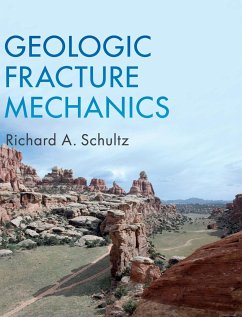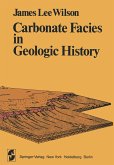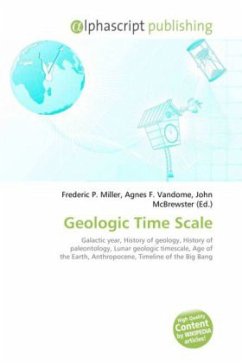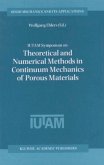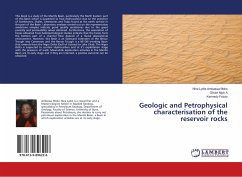This lively introduction to geologic fracture mechanics provides a consistent treatment of all common geologic structural discontinuities. It explores the formation, growth and interpretation of fractures and deformation bands, from theoretical, field and lab-based perspectives, bridging the gap between a general textbook treatment and the more advanced research literature. It allows the reader to acquire basic tools to interpret discontinuity origins, geometries, patterns and implications using many of the leading and contemporary concepts known to specialists in the field. Problem sets are provided at the end of each chapter, and worked examples are included within each chapter to illustrate topics and enable self-study. With all common geologic structures including joints, hydrofractures, faults, stylolites and deformation bands being discussed from a fresh perspective, it will be a useful reference for advanced students, researchers and industry practitioners interested in structural geology, neotectonics, rock mechanics, planetary geology, and reservoir geomechanics.
Hinweis: Dieser Artikel kann nur an eine deutsche Lieferadresse ausgeliefert werden.
Hinweis: Dieser Artikel kann nur an eine deutsche Lieferadresse ausgeliefert werden.
'This timely volume bridges textbook and research literature and should be consulted by any geologist or engineer who must deal with discontinuous geological media, whether in soils or rocks. Casual readers might think it relevant only to the contemporary issue of shale fracking, but anyone dealing with foundations, roads, and the like will find this book useful. While theoretical aspects are covered, the book mainly deals with field occurrences of fracture (providing photographic illustrations of particular types) and their interpretation ... Exercises and solutions accompany each chapter, in addition to 'learning maps' depicting the concepts covered and their relationships.' M. S. Field, Choice

